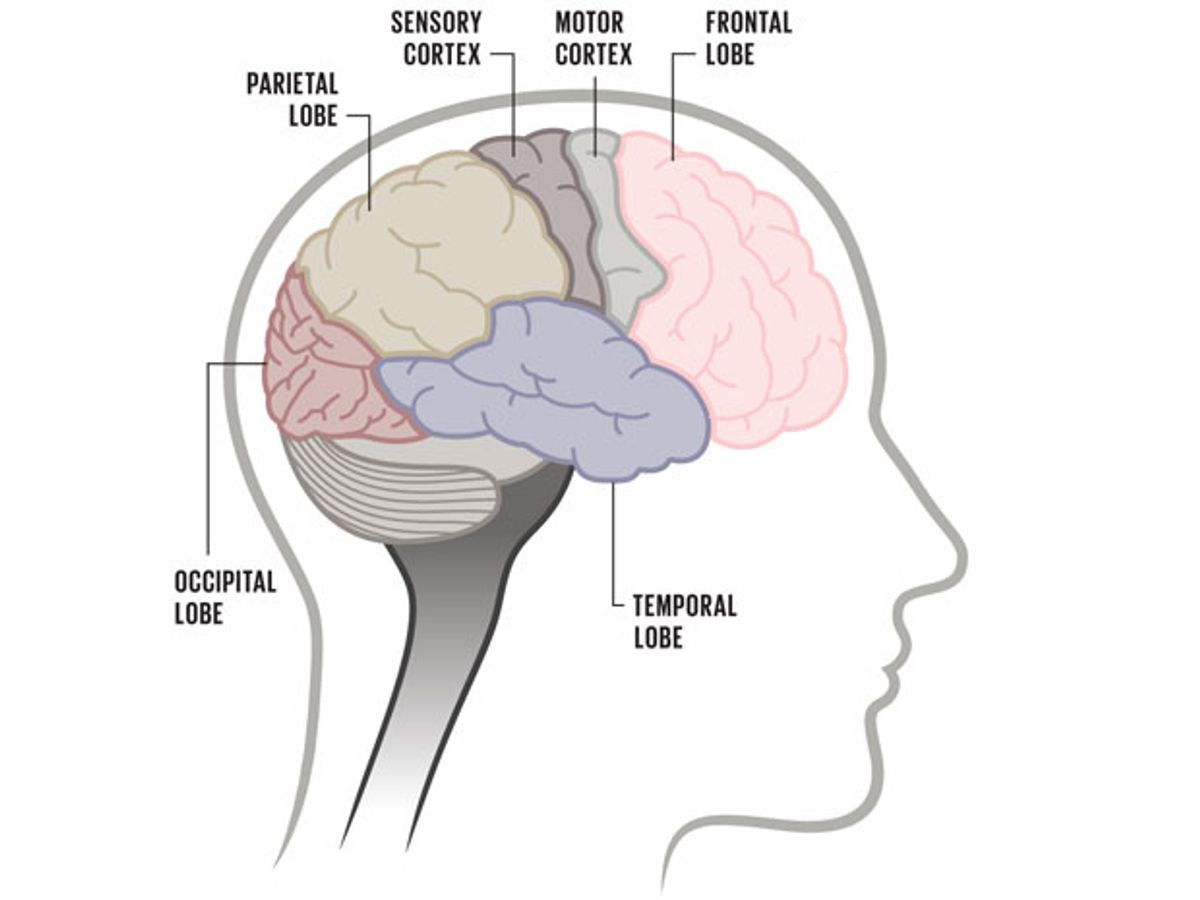From Macro to Micro: A Visual Guide to the Brain
Here’s how the brain’s 86 billion neurons do their work

In the human brain, higher-level information processing occurs in the neocortex, neural tissue that forms the outer layer of the cerebral cortex. In its intricate folds, brain cells work together to interpret sensory information and to form thoughts and plans. The neocortex is divided into regions that take the lead on different types of processing. However, much of today’s neuroscience research focuses on mapping the connectome: the neural connections between regions.
-
A Wiring Diagram
Image: USC Laboratory of Neuro Imaging/Athinoula A. Martinos Center for Biomedical Imaging/Consortium of the Human Connectome Project
When neuroscientists trace the connections between brain regions, they focus on networks of electrically active brain cells called neurons. These neurons link up with one another, sending electrical signals through complicated circuits that span the brain. Each of the human brain’s 86 billion neurons can connect to thousands of others.
-
Neuron to Neuron
All illustrations: James Provost
Each neuron receives incoming signals through branching structures called dendrites and outputs signals through its long axon. If the combination of incoming signals raises the neuron’s voltage past a certain threshold, voltage-gated ion channels all along the axon begin to open.
-
Taking Action
The open channels allow ions to flow in, creating a propagating signal called an action potential that flows down the long axon to a gap called the synapse. There, the action potential triggers a signal to the connecting neurons.
-
Across the Gap
In the majority of neurons, the action potential triggers the release of chemicals called neurotransmitters into the synapse. These molecules activate receptors on the connecting cells and influence the receiving neurons in either an excitatory or inhibitory fashion.
-
Firing Lines
In the brain, millions of neurons are constantly activating, or firing, in complicated sequences. Neuroscientists are just beginning to decipher this neural code and to link firing patterns to sensations, actions, and feats of cognition.
This infographic appears in the June 2017 print issue as “An Engineer’s Guide to the Brain.”

 Image: USC Laboratory of Neuro Imaging/Athinoula A. Martinos Center for Biomedical Imaging/Consortium of the
Image: USC Laboratory of Neuro Imaging/Athinoula A. Martinos Center for Biomedical Imaging/Consortium of the  All illustrations: James Provost
All illustrations: James Provost




